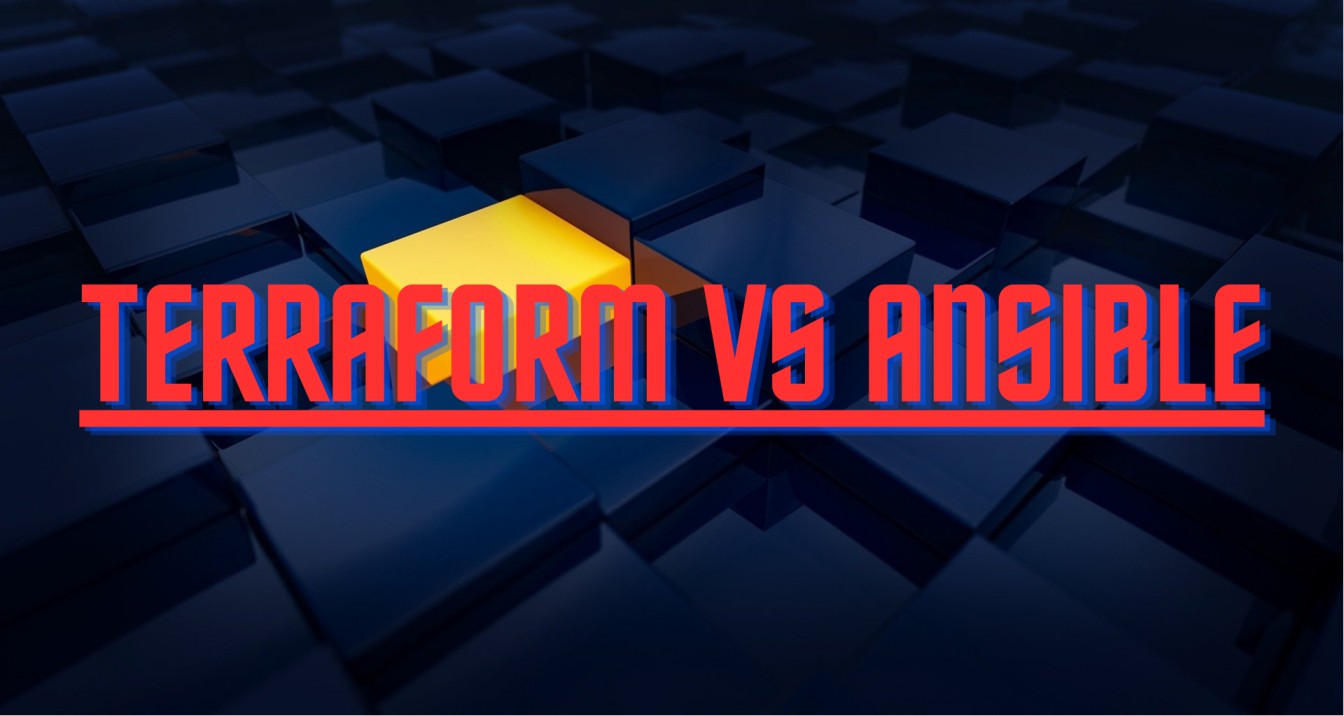Building Information Modeling (BIM) design services are transforming architecture in many ways. BIM is a digital representation of the physical and functional characteristics of a building. It is a process that allows architects, engineers, contractors, and owners to collaborate on the design, construction, and management of a building project.
Here are some ways that BIM design services are transforming architecture:
- Improved Collaboration: BIM design services allow architects, engineers, and contractors to work together on a project from the earliest stages of design. This collaboration ensures that all stakeholders are on the same page and can make informed decisions.
- Increased Efficiency: BIM design services enable architects to create 3D models of a building, which can be used to visualize and analyze different design options. This helps to reduce errors, optimize design, and improve construction efficiency.
- Better Visualization: BIM design services provide a 3D model of a building, which helps architects to visualize the building in its entirety, including its internal structure and external facade. This visualization helps to identify design issues and allows for better communication between architects and clients.
- Enhanced Sustainability: BIM design services can be used to analyze a building’s energy consumption and carbon footprint. This helps architects to design more sustainable buildings that are energy-efficient and environmentally friendly.
- Improved Cost Control: BIM design services allow architects to create detailed cost estimates for a building project. This helps to control costs and ensure that the project stays within budget.
- Enhanced Facility Management: BIM design services provide a comprehensive database of information about a building. This information can be used to manage the building more effectively, including maintenance and repairs.
Overall, BIM design services are transforming architecture by improving collaboration, increasing efficiency, providing better visualization, enhancing sustainability, improving cost control, and enhancing facility management
The Role of BIM in Sustainable Building Design
Building Information Modeling (BIM) is a digital process that is increasingly being used in sustainable building design. BIM allows architects and building professionals to create a 3D model of a building and simulate its performance, including its energy consumption and environmental impact. Here are some of the ways in which BIM can help in sustainable building design:
- Energy Analysis: BIM can be used to analyze a building’s energy performance and identify areas for improvement. The energy analysis can be used to optimize the design of the building, such as the orientation, envelope, and mechanical systems, to reduce energy consumption and costs.
- Material Selection: BIM can be used to compare the environmental impact of different building materials and select the most sustainable options. This can include analyzing the life cycle of materials, such as their manufacturing, transportation, and disposal.
- Waste Reduction: BIM can be used to optimize the construction process and reduce waste. By creating a 3D model of the building, BIM can help to identify potential clashes and conflicts that could result in wasted materials and rework.
- Water Efficiency: BIM can be used to optimize a building’s water efficiency by simulating the water flow and identifying areas where water can be conserved. This can include the use of low-flow fixtures, rainwater harvesting, and greywater reuse.
- Indoor Environment Quality: BIM can be used to optimize indoor environment quality by simulating airflow, lighting, and thermal comfort. This can include the use of natural ventilation, daylighting, and shading.
- Commissioning and Maintenance: BIM can be used to improve the commissioning and maintenance of sustainable building systems. By creating a digital model of the building, BIM can help to identify potential issues and optimize the performance of building systems over time.
In summary, BIM can play a critical role in sustainable building design by enabling architects and building professionals to analyze the energy performance of a building, optimize the material selection, reduce waste, improve water efficiency, optimize the indoor environment quality, and improve the commissioning and maintenance of sustainable building systems.




